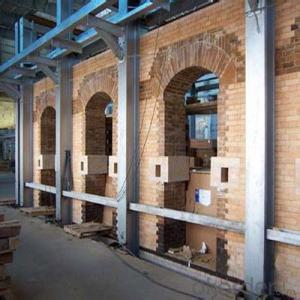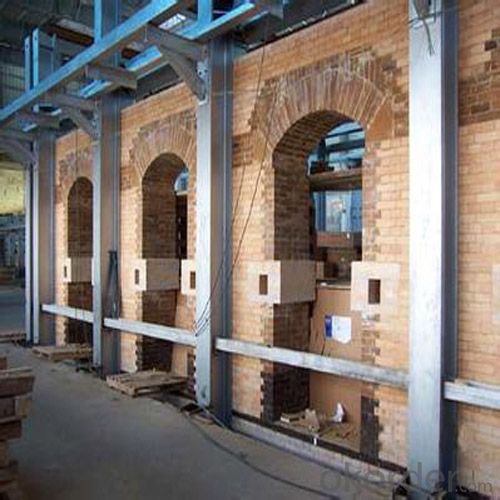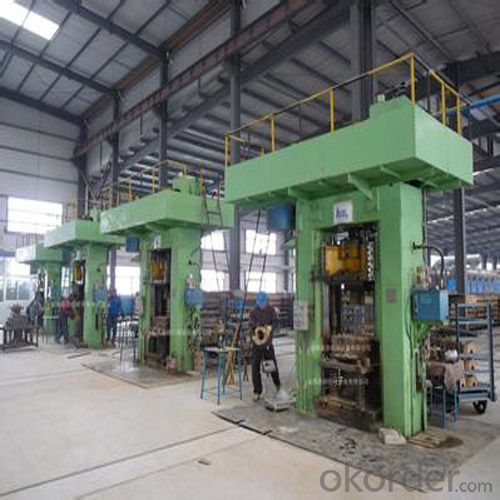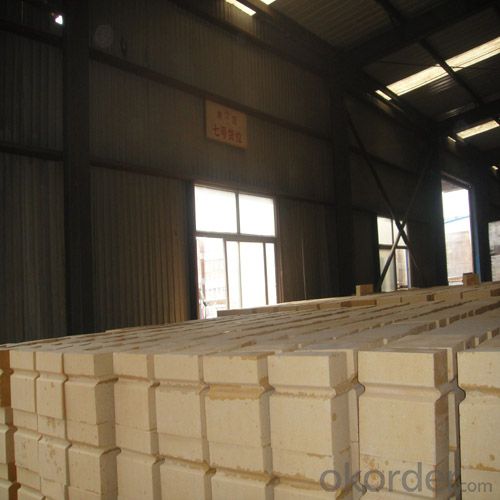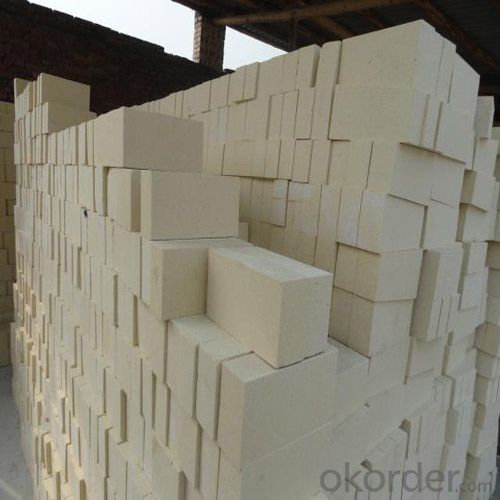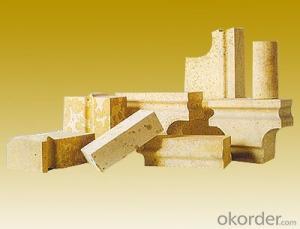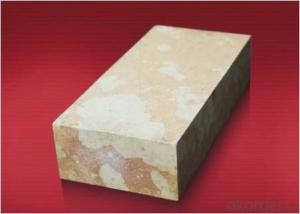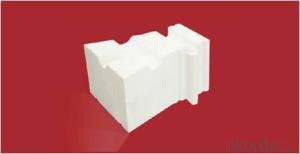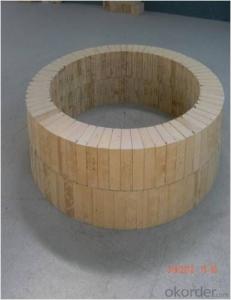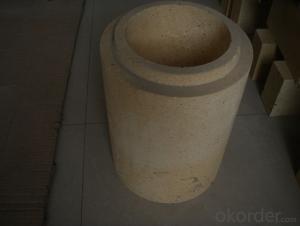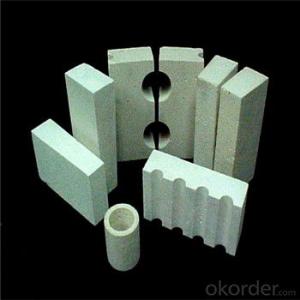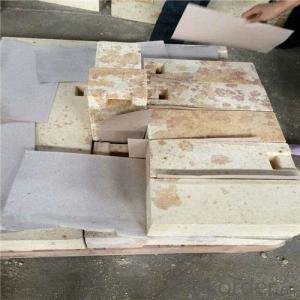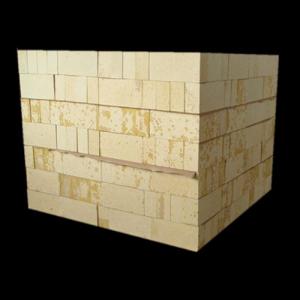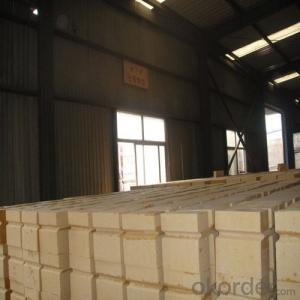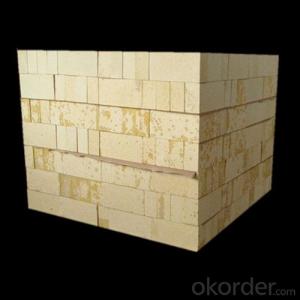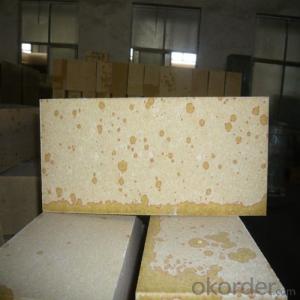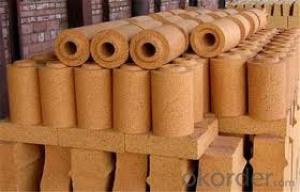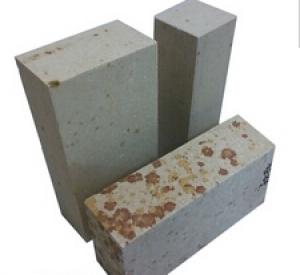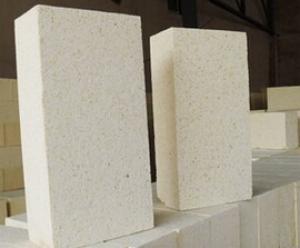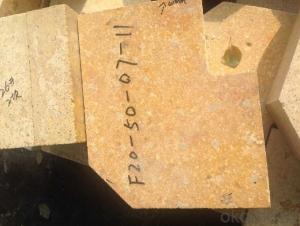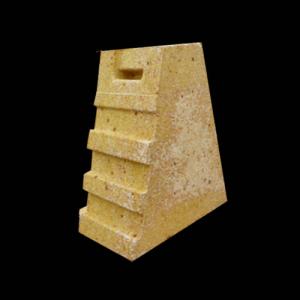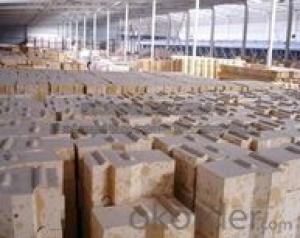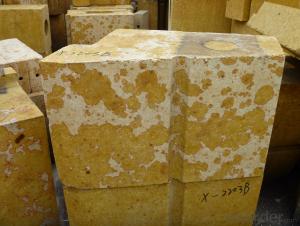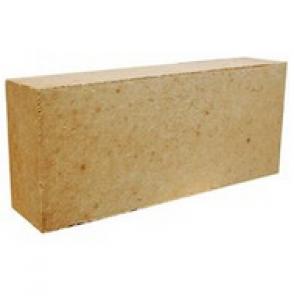Silica Brick S94 for Coke Oven
- Loading Port:
- China Main Port
- Payment Terms:
- TT OR LC
- Min Order Qty:
- -
- Supply Capability:
- 100000 pc/month
OKorder Service Pledge
OKorder Financial Service
You Might Also Like
General Information of SilicaBrick For Coke Oven
Our corporation produces a comprehensive range of silicabricks, with high silica content, all of these bricks exhibit excellentperformance.
Our Silica bricks are the final result of blendingexcellent tridymite and cristobalite, as the main raw materials withcutting-edge technology, after mixing, drying, forming, in the high temperatureshuttle kiln. There are also little quartz and vitreous within. We ensure youthat the silica bricks made by us possess high quality standard and have gonethrough all the complicated quality control parameters. Their durability andstrength adds life to the structure and they have the capacity of bearing hightemperature.
Feature of Silica Brick For Coke Oven
Resistant to thermal shock, abrasion, chemical attack
High ability for anti-abrasion during work
Superior resistance to acids (including oxidizing)
Resistance to chlorine
Resistance to thermal shock and pressure changes
Low thermal and chemical expansion
Applications of Silica Brick Coke Oven
Silica brick for Coke Oven ismainly used in Coke Oven.
Physical Properties: |
|
|
Permanent Linear Change(1450℃×2h)% | % | ±0.5 |
Apparent Porosity, % | % | ≤24 |
Cold Crushing Strength | Mpa | 30 |
Refractoriness Under Load (T0.6) | ℃ | ≥1630 |
Thermal Expansion | % | ≤1.3 |
Density | g/cm3 | - |
Chemical Analysis: |
|
|
SiO2 | % | ≥95 |
Fe2O3 | % | ≤1.5 |
Al2O3 | % | ≤0.8 |
Residual Quartz | % | ≤1 |
Note: | ||
- Q: The hot blast stove when the temperature did not rise against the brick interface decreased
- Insulation of hot blast stove, key insulation silica brick hot stove, hot blast stove is shutdown or need repairing in blast furnace.
- Q: The introduction of silica brick
- An acid refractory consisting mainly of quartz and square quartz and a small amount of residual quartz and glass.More than 94% silica content. True density 2.35g/cm3. With acid resistance, slag erosion performance. Higher high temperature strength. The softening start temperature is 1620~1670 degrees. Long term use at high temperature without deformation. The thermal shock resistance is low (the heat exchange in water is 1~4 times). The natural silica is used as the raw material, and a proper amount of mineralizer is used to promote the transformation of quartz into quartz in the body. Slowly sintered at 1350~1430 DEG C in the reducing atmosphere. When heating up to 1450 degrees, the total volume of 1.5~2.2% expands, and the residual expansion can close the kerf and ensure the airtight and structural strength of the masonry.
- Q: The difference between clay refractory bricks and refractory brick in the application.
- Clay brick features good thermal shock resistance and low price, but high temperature performance is not well integrated, and the long-term use temperature is not higher than 1300 degrees. It is widely used in low temperature parts of various kilns.
- Q: Such purpose and scope please give me detailed points thank you because I am learning stage
- Acid refractory brick is mainly composed of tridymite and cristobalite and quartz and a small amount of residual glass phase.
- Q: How much is the highest melting point of silicon?
- . True density 2.35g/cm3. With acid resistance, slag erosion performance. Higher high temperature strength. The softening start temperature is 1620~1670 degrees. Long term use at high temperature without deformation. The thermal shock resistance is low (the heat exchange in water is 1~4 times). The natural silica is used as the raw material, and a proper amount of mineralizer is used to promote the transformation of quartz into quartz in the body. Slowly sintered at 1350~1430 DEG C in the reducing atmosphere. The total volume of heating to 1450 DEG about 1.5~2.2% expansion, the residual expansion will make cutting seam sealing, ensure masonry tightness and good structure strength, so that the brick load softening temperature will reach 1750 degrees Celsius above 1620 degrees in the case of the highest melting point.
- Q: Glass kiln brick for physical and chemical indicators?
- Glass kiln with high quality silica brick products according to the standard JC/T615-1996, the single brick is divided into 3 grades: XBG-96, ZBG-96, DBG-96.
- Q: Semisilica brick, clay brick, high alumina brick and what is the difference?
- This is a kind of refractory material is divided into three types: semisilica brick (A12O315 ~ 30%), clay brick (A12O330 ~ 48%), high aluminum brick (A12O3>48%).
- Q: Which material is good for furnace refractory?
- Kiln types of refractories is very extensive, selection of refractory materials according to the type of furnace furnace temperature and use of selected refractory material, refractory material is divided into custom products of refractory bricks and unshaped refractory castable series products. According to chemistry, it is divided into acidic, neutral and alkaline materials.
- Q: How to judge the quality of brick, clay brick, high alumina brick furnace from the appearance?
- Mainly depends on the color and density of brick. Another black clay brick and brick with iron oxide formation and how much the size of bricks
- Q: The formula in the refractory brick, and firing curve, who knows?
- By silica powder, 81-85%, perlite 15-19%, plus the total weight of the main raw materials of the following accessories
Send your message to us
Silica Brick S94 for Coke Oven
- Loading Port:
- China Main Port
- Payment Terms:
- TT OR LC
- Min Order Qty:
- -
- Supply Capability:
- 100000 pc/month
OKorder Service Pledge
OKorder Financial Service
Similar products
Hot products
Hot Searches
Related keywords
